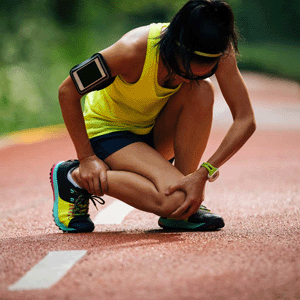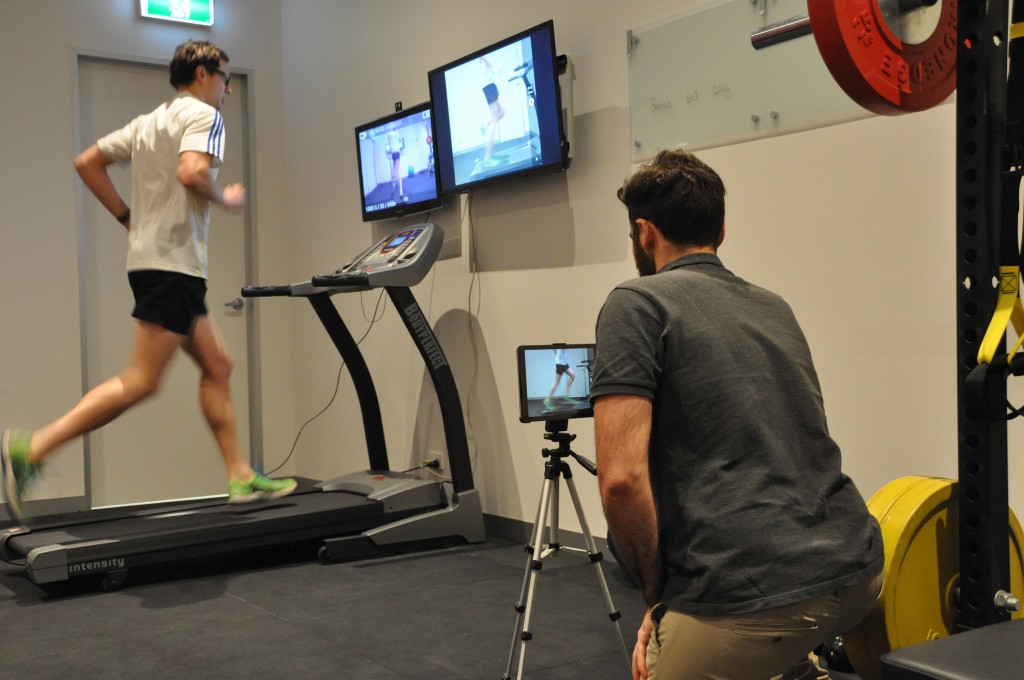Plantar Fasciitis (PF), also known as Plantar Fasciopathy or plantar heel pain, is a painful and sometimes chronic condition that is characterised by pain in the origin of the plantar fascia (see picture below), and undesired changes in the tissue on MRI an/or Ultrasound. PF affects people from all walks of life, can occur in both active and sedentary people, and it is one of the most common running-related injuries.
PF is traditionally treated with one or a combination of rest, orthotic prescription, stretching, taping, cortisone injections, activity modification and potentially surgery. These methods all have a reasonable efficacy, but PF remains a challenging condition to treat successfully, as many treatments have a high failure rate. Recently, new research has shown a potential beneficial effect of strength training for PF. We will discuss this later in the article.
How an Osteopath can help with Plantar Fasciitis
History and Assessment
Firstly, a thorough history and assessment are crucial. This allows the Osteopath to make an exact diagnosis, as there are a few other conditions of the foot and ankle that can mimic PF. Your Osteopath will also look at joint range of motion, muscle strength and flexibility and your footwear to see if any of these are contributing to your pain.
Running Analysis
The Competitive Sports Clinic has a fully equipped running analysis area. If you are a runner with symptoms of PF, it allows us to screen your running and identify any deficiencies in your running style that may need to be altered to help treat your PF.
Training Programing and Modifications
Running-related injuries are often caused by unsuitable training programs – specifically doing too much training too soon, and/or not enough recovery time between sessions. The Osteopaths at the Competitive Sports Clinic are also fully qualified Strength and Conditioning Coaches and are more than qualified to help with your training programming to improve both your fitness levels and decrease your chance of injury.
Exercise Rehabilitation and Management
Once the diagnosis of PF has been made, most often the initial management will require rest, decreasing training load and symptomatic relief through Osteopathic treatment, taping and/or short-term soft-orthotic use. Once the symptoms of PF are at a reasonable level, a slow return to full training and/or competition can be made. To get back to full training we use strength training to rehabilitate the PF.
Research for foot strengthening exercises in the treatment of PF
There is a growing body of evidence that lack of foot strength may be a component in the development of PF, and strengthening the foot and calf complex may be an effective way of treating PF.
A recent article by McClinton et al. (2016) showed patients with plantar heel pain who used orthotics had weaker foot strength than a control group without plantar heel pain. Furthermore, a Randomised Control Trial by Rathleff et al. (2015) demonstrated at the three-month point, the group who performed a PF strengthening exercise had a greater improvement in their symptoms than those who did only stretching.
These articles are part of the growing body of evidence stating that strength deficits of the lower leg complex may be involved in the development of PF and addressing these deficits can result in an improvement in PF. Below are some video examples of foot and calf strengthening exercise we use at CSC to rehabilitate PF.
References
McClinton, S., Collazo, C., Vincent, E., & Vardaxis, V. (2016). Impaired Foot Plantar Flexor Muscle Performance in Individuals With Plantar Heel Pain and Association With Foot Orthosis Use. Journal of Orthopaedic & Sports Physical Therapy, (0), 1-29.
Rathleff, M. S., Mølgaard, C. M., Fredberg, U., Kaalund, S., Andersen, K. B., Jensen, T. T., … & Olesen, J. L. (2015). High‐load strength training improves outcome in patients with plantar fasciitis: A randomized controlled trial with 12‐month follow‐up. Scandinavian journal of medicine & science in sports, 25(3), e292-e300.
About the Author:
Dr. Nicholas Tripodi is a Co-director and Osteopath at the Competitive Sports Clinic located in the Essendon District. Nicholas has particular interests in sports injuries, exercise rehabilitation and running and cycling analysis.



